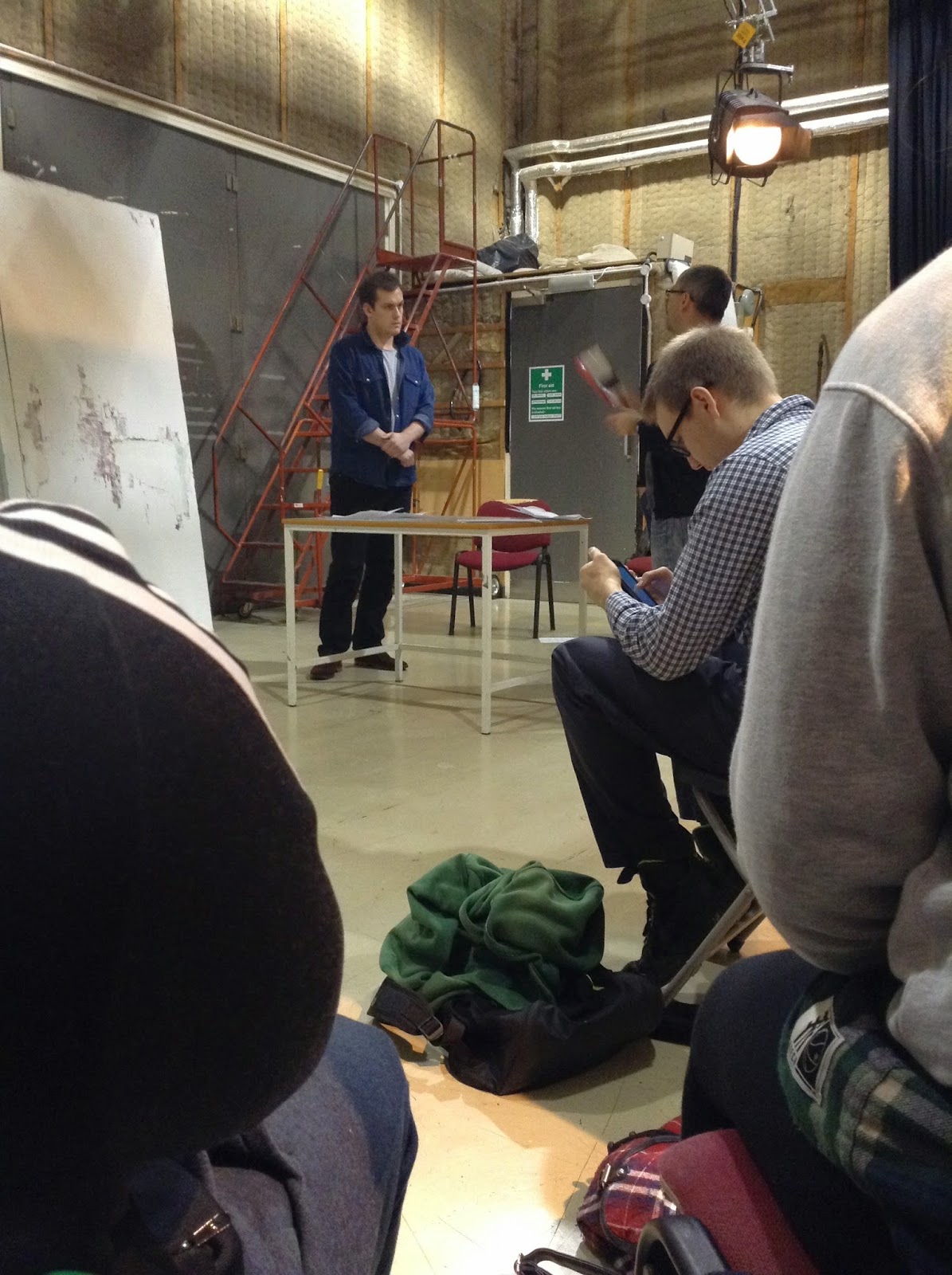Sadly for the second shoot I couldn't be there, as it took place Friday afternoon when our group film was shooting pick-up shots. I was however informed that the shoot would be taking place. Friday evening I received via email by Thomas the raw footage and some images of the locations that filming took place in. I really liked the footage that Thomas, Lauren and Julia had taken. It is again POV and a clearer, simpler narrative than the previous. What's also nice is the aesthetics of the clips, as the previous shoot was in Lauren and Thomas' house (Bedroom and Kitchen) and the Kitchen being quite messy made for distractions within the simplistic narrative whereas the new footage is aesthetically pleasing.
After the footage had been recorded, I decided to work with the sound, as I did the previous sound project for our Professional Toolkit unit. My job is to match the sounds kindly recorded by Julia, to the footage, so I have to match sound for the walking scenes, dog sniffing, pebble walking, car driving past and dog panting at the end. Thomas will be working on the programming of the piece, as he has a strong knowledge in the software we're going to use. Julia has a more hands-on role, working with the brain model and building what is needed in the gallery for our piece. Lauren's job is to edit the footage that will be displayed on the screen and to make sure it loops correctly.
Lastly, here are some great pictures that Thomas took to give an idea of the locations and story of the footage:
After the footage had been recorded, I decided to work with the sound, as I did the previous sound project for our Professional Toolkit unit. My job is to match the sounds kindly recorded by Julia, to the footage, so I have to match sound for the walking scenes, dog sniffing, pebble walking, car driving past and dog panting at the end. Thomas will be working on the programming of the piece, as he has a strong knowledge in the software we're going to use. Julia has a more hands-on role, working with the brain model and building what is needed in the gallery for our piece. Lauren's job is to edit the footage that will be displayed on the screen and to make sure it loops correctly.
Lastly, here are some great pictures that Thomas took to give an idea of the locations and story of the footage:


















































